수업안: “나미에로 가는 길” 다큐멘터리 (2015)
후쿠시마 참사와 그 이후를 묘사한 텍스트가 우리에게 상상력을 발휘하여 사건의 시나리오를 구성해 보도록 한다면, 참사의 시각적 묘사는 그 광경을 더 적나라하고 직접적으로 드러낸다. “나미에로 가는 길”은 싱가폴 난양 공과대학의 과학기술학자 설피카 아미르(Sulfikar Amir) 교수가 제작한 짧은 다큐멘터리 영화이다. 이 작품은
a teaching resource for scholars and educators
![[Teach311 + COVID-19] Collective](https://blogs.ntu.edu.sg/teach311/files/2020/04/Banner.jpg)
후쿠시마 참사와 그 이후를 묘사한 텍스트가 우리에게 상상력을 발휘하여 사건의 시나리오를 구성해 보도록 한다면, 참사의 시각적 묘사는 그 광경을 더 적나라하고 직접적으로 드러낸다. “나미에로 가는 길”은 싱가폴 난양 공과대학의 과학기술학자 설피카 아미르(Sulfikar Amir) 교수가 제작한 짧은 다큐멘터리 영화이다. 이 작품은
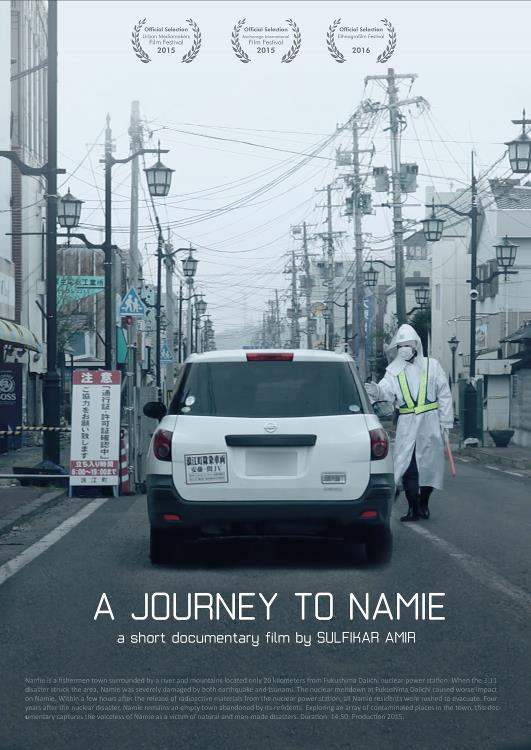
While textual representations of the Fukushima disaster and its aftermath provide a conduit for the imagination to construct the scenario, visual depiction renders the landscape with visceral immediacy. “A Journey To Namie” is a short visual documentary by Sulfikar Amir, a
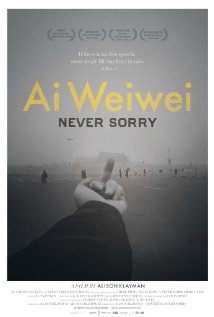
Ai Weiwei: Never Sorry. Directed by Alison Klayman. 2012. (Documentary, 96 min.) Ai Weiwei: Never Sorry tells the story of Ai Wei Wei, perhaps the most famous Chinese artist on the international art scene today, and his fight against the
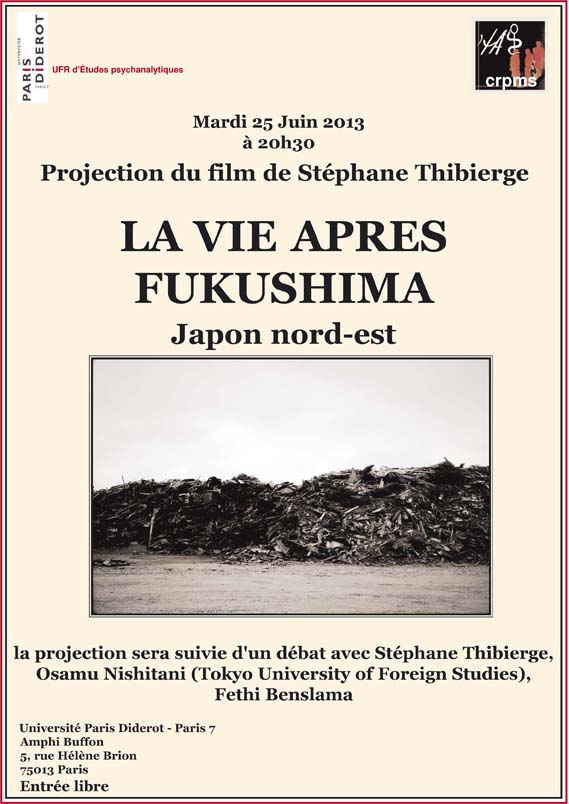
日本在住の精神分析医で写真家のフランス人男性が2011年3月11日以降の被災地における人々の日常生活を調査している。被災時、甚大な被害によって混乱し悲嘆にくれる人々の画像が世界中に流れた。

Thibierge, Stéphane. La vie après Fukushima. 2013. SODAPERAGA & Les Films du Paradis Productions. A French man—psychoanalyst and photographer who lived in Japan—investigates the daily lives of people in the region devastated on 11 March 2011 and after. At that time, the

티비에르쥬, 스테판.《후쿠시마 이후의 삶》(La vie après Fukushima). 2013. 정신분석가이자 사진작가인 한 프랑스인이 2011년 3월 11일 이후 황폐화된 일본 동북지역을 다시 방문한다. 이전에 일본에서 살았던 그는 쓰나미를 겪은 지역 주민들의 일상을 취재하기로 결정한다. “그 당시 전 스스로 이렇게 말했어요. 일본이
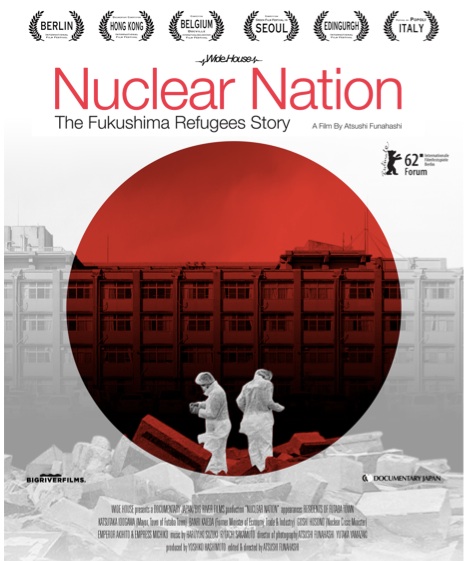
후나하시 아츠시. 《핵의 나라》(Nuclear Nation). 2012. 후쿠시마현의 작은 마을 후타바에는 “원자력은 우리 마을과 사회를 번성하게 합니다”라는 눈에 잘 띄는 아치형 표지판이 있다. 카메라는 돌무더기, 빈 관공서, 외양간에서 죽고 미라가 된 수십 마리의 소들이 있는 회색 풍경을 주욱 보여준다. <핵의
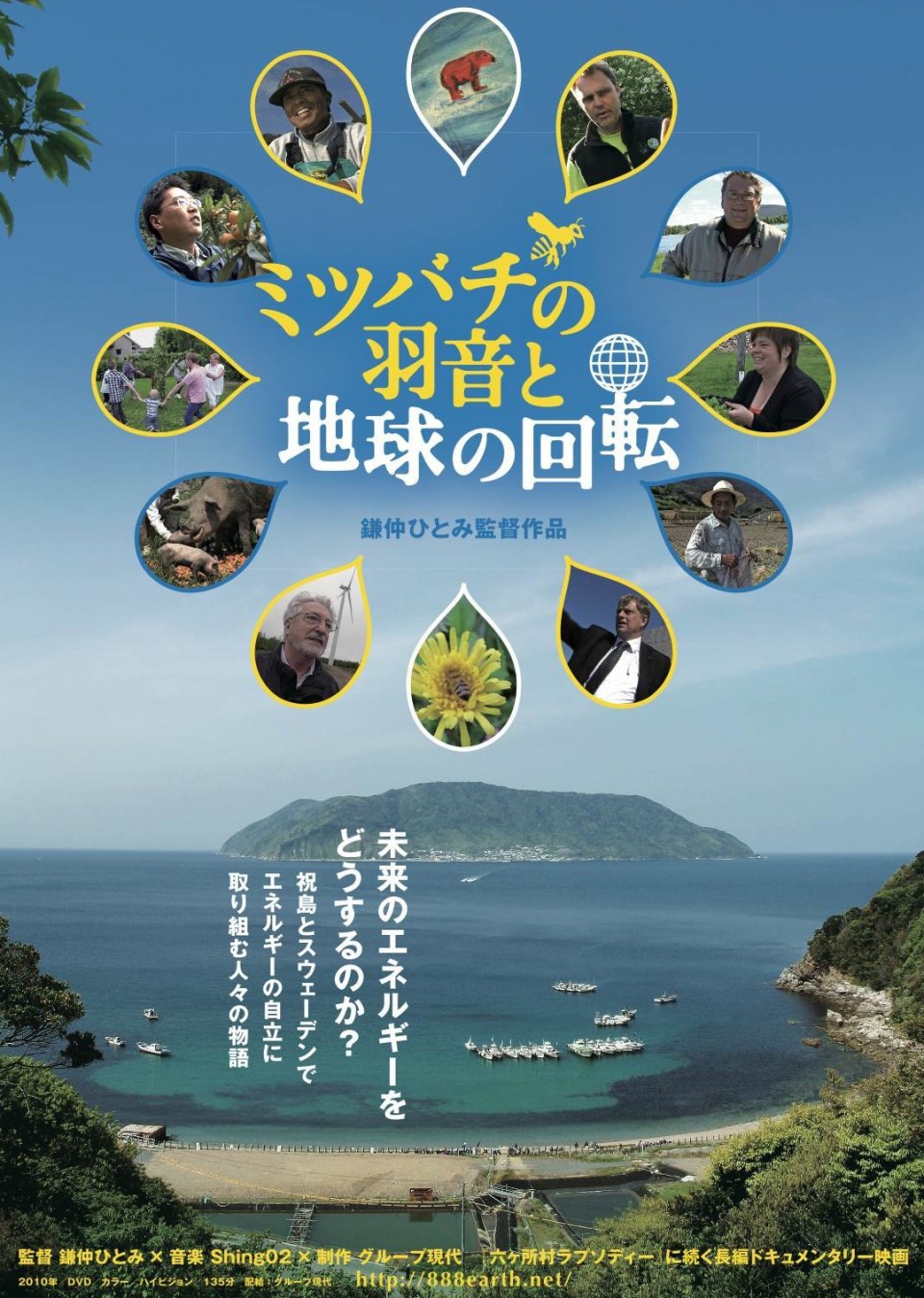
Kamanaka, Hitomi. 2010. Ashes to Honey. Group Gendai. “What is the best course of development for humankind?” director Hitomi Kamanaka asks in her 2010 film, Ashes to Honey. This documentary builds an argument for the necessity of a sustainable future
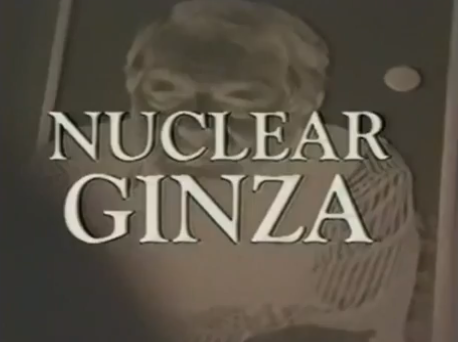
Röhl, Nicholas. 1995. Kakusareta Hibaku Rōdō: Nihon no Genpatsu Rōdōsha. 隠された被曝労働 – 日本の原発労働者 物語 [Nuclear Ginza]. YouTube video, 30 min, posted by “aikoku369”, Mar 30, 2011, from http://www.youtube.com/watch?v=TC7sFNtGk4A Nicholas Röhl, a student of Japan’s master director Imamura Shohei, produced this 30-minute documentary

Curtis, Adam. 1992. A is for Atom, Google video, 45:51 min, accessed Apr 24, 2011, from http://video.google.com/videoplay?docid=-1860517361048002456 The British 45-minute documentary A Is For Atom was named after the 1953 animated short of the ‘Atoms for peace’ campaign with the
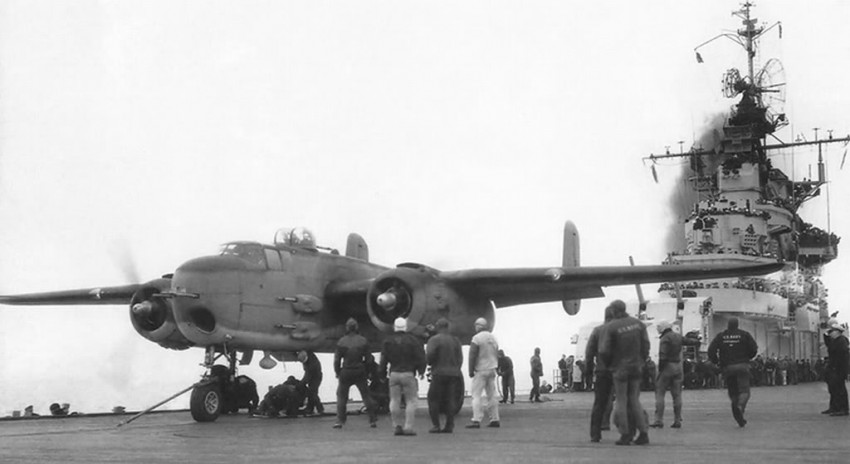
NHK. 1995. Genpatsu Dōnyū Shinario ~ Reisenka no Tainichi Genshiryoku Senryaku 原発導入シナリオ ~冷戦下の対日原子力戦略 [Cold War Scenarios for Introducing Nuclear Energy to Japan]. YouTube video, 45 min, posted by “naga2218,” Mar 27, 2011, http://www.youtube.com/watch?v=ZnPdkg-lZE8 This NHK documentary tries to shed light on how Japan, the only nation